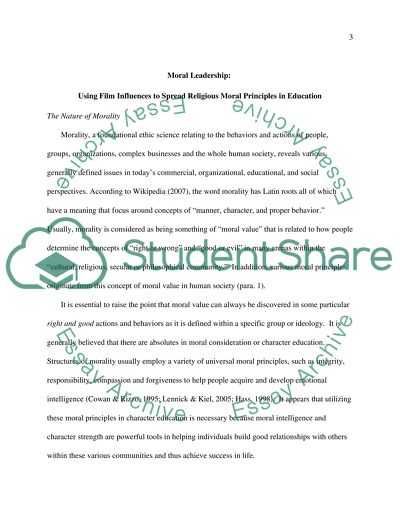Cite this document
(Using Film Influences to Spread Religious Moral Principles in Educatio Term Paper, n.d.)
Using Film Influences to Spread Religious Moral Principles in Educatio Term Paper. https://studentshare.org/religion-and-theology/1541409-moral-leadership-using-film-influences-to-spread-religion-moral-principles-in-education
Using Film Influences to Spread Religious Moral Principles in Educatio Term Paper. https://studentshare.org/religion-and-theology/1541409-moral-leadership-using-film-influences-to-spread-religion-moral-principles-in-education
(Using Film Influences to Spread Religious Moral Principles in Educatio Term Paper)
Using Film Influences to Spread Religious Moral Principles in Educatio Term Paper. https://studentshare.org/religion-and-theology/1541409-moral-leadership-using-film-influences-to-spread-religion-moral-principles-in-education.
Using Film Influences to Spread Religious Moral Principles in Educatio Term Paper. https://studentshare.org/religion-and-theology/1541409-moral-leadership-using-film-influences-to-spread-religion-moral-principles-in-education.
“Using Film Influences to Spread Religious Moral Principles in Educatio Term Paper”. https://studentshare.org/religion-and-theology/1541409-moral-leadership-using-film-influences-to-spread-religion-moral-principles-in-education.


